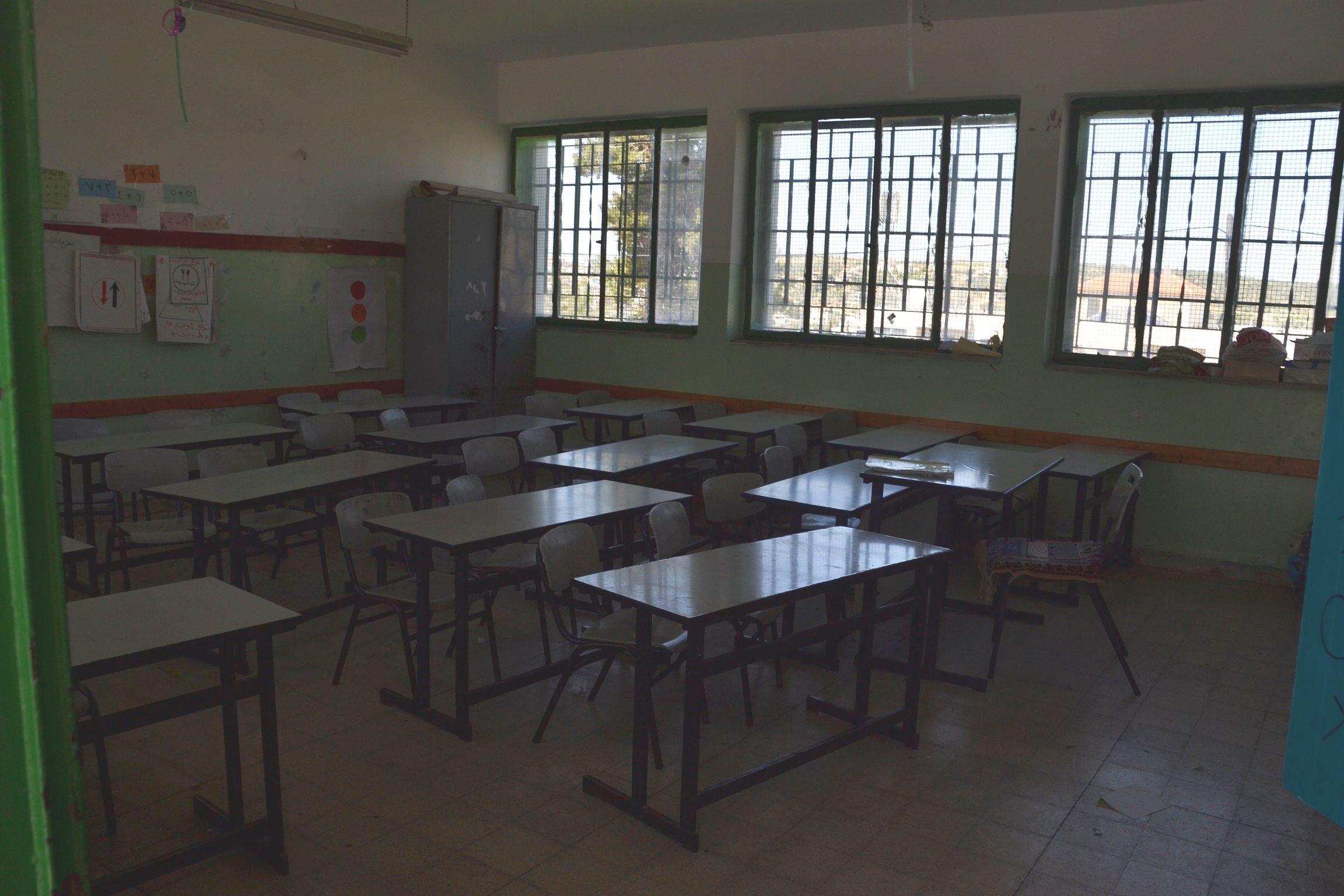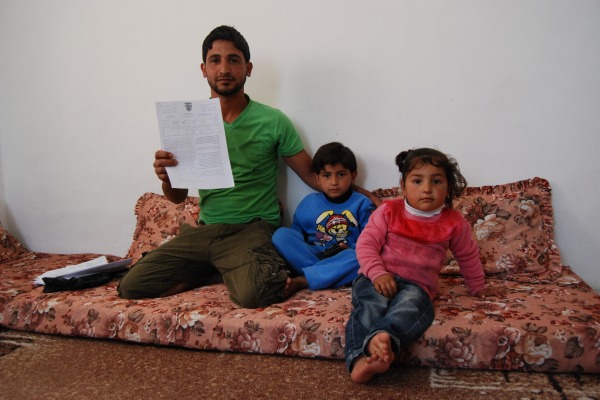Category: Reports
-
Settler shoots Palestinian as he tries to repair his car
9th April 2014 | International Solidarity Movement, Nablus Team | Urif, Occupied Palestine On Sunday 30th March on the road to Madama (near Nablus), 25-year-old Nidal, from the village of Urif, was fixing his car when a settler with a handgun shot him in the leg. 12 years ago, in the same area, Nidal and two…
-
Young family threatened by house demolition
8th April 2014 | International Solidarity Movement, Khalil Team | Idhna, Occupied Palestine After just three weeks in their new home, the Slemiah family from the village of Idhna have received a demolition order from the Israeli army. The newly built house is on land which has been owned by the family for centuries, and the…
-

Israeli army attacks two elementary schools in Salfit
7th April 2014 | International Solidarity Movement, Nablus Team | Salfit, Occupied Palestine Two educational institutions were attacked with tear gas and stun grenades by the Israeli army yesterday morning in Salfit. At least ten female students required medical attention after suffering from excessive tear gas inhalation. At 12:30 yesterday afternoon, Salfit’s female elementary school was empty.…


